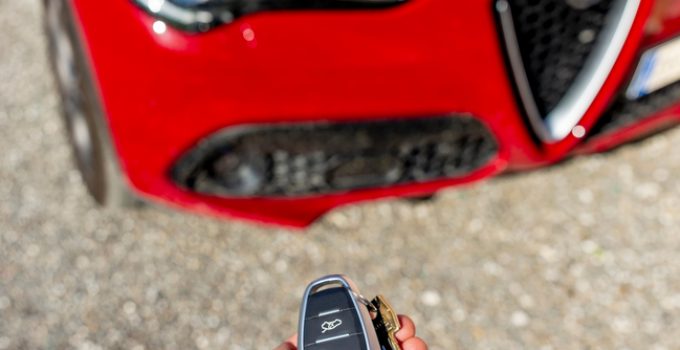
Q4 is an all-wheel drive that has been used since 1994 in Alfa Romeo vehicles is installed. It improves the vehicle's dynamics and off-road mobility and its stability on slippery surfaces.
How the Q4 works
Initially, only permanent four-wheel drive was used -Versions made where engine torque was then transmitted to all four wheels simultaneously. A viscous Ferguson coupling or a Torsen limited-slip differential was responsible for distributing the torque between the axles.
Later, versions with selectable all-wheel drive were brought onto the market. Under normal driving conditions, engine torque is only sent to the rear axle, but if the rear wheels are slipping, the front axle kicks in and receives up to 50% of the torque. An electronically controlled multi-plate friction clutch is used for this.
The properties of the Q4
| <Type of drive | Special features of the differentials | Alfa Romeo models equipped with this type of drive |
| Permanent four-wheel drive | The center differential is a planetary gear with a viscous coupling. While the front differential is open, the rear is a self-locking Torsen differential. | 155 167 |
| The center differential is a planetary gear with a viscous coupling. While the front differential is open, the rear is a self-locking Torsen differential. | 159 939, Brera 939, Spider 939 | |
| The center differential is equipped with a Visco coupling and an electronic lock. The rear differential is self-locking. | 164 | |
| Switchable all-wheel drive | On the rear axle, a self-locking Torsen differential or an electronically controlled and open differential can be used. The active transfer case (ATC) is characterized by its rapid activation and connects the front axle immediately. | Giulia 952, Stelvio 949 |
